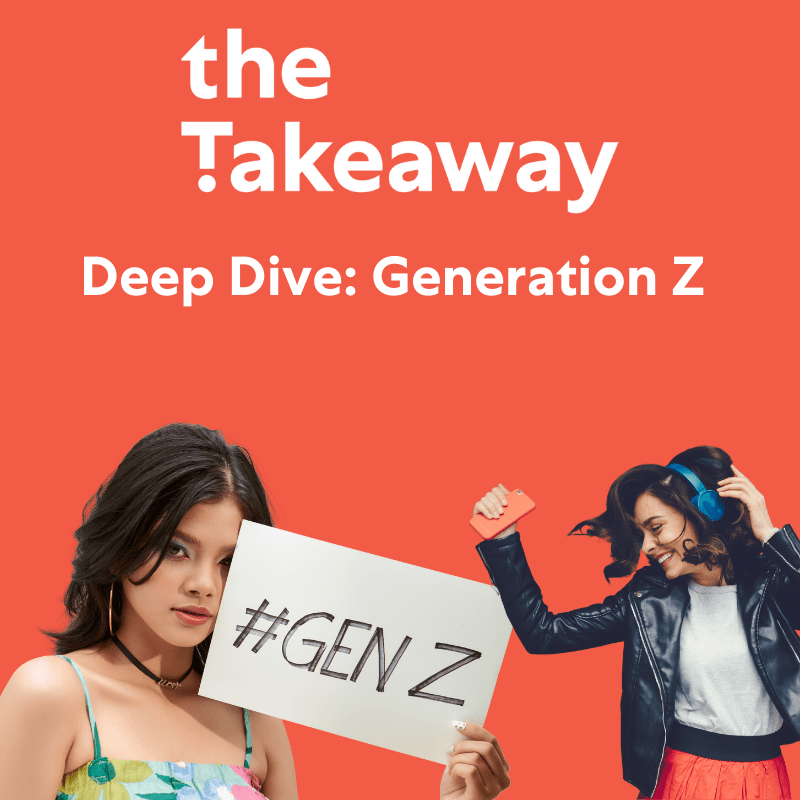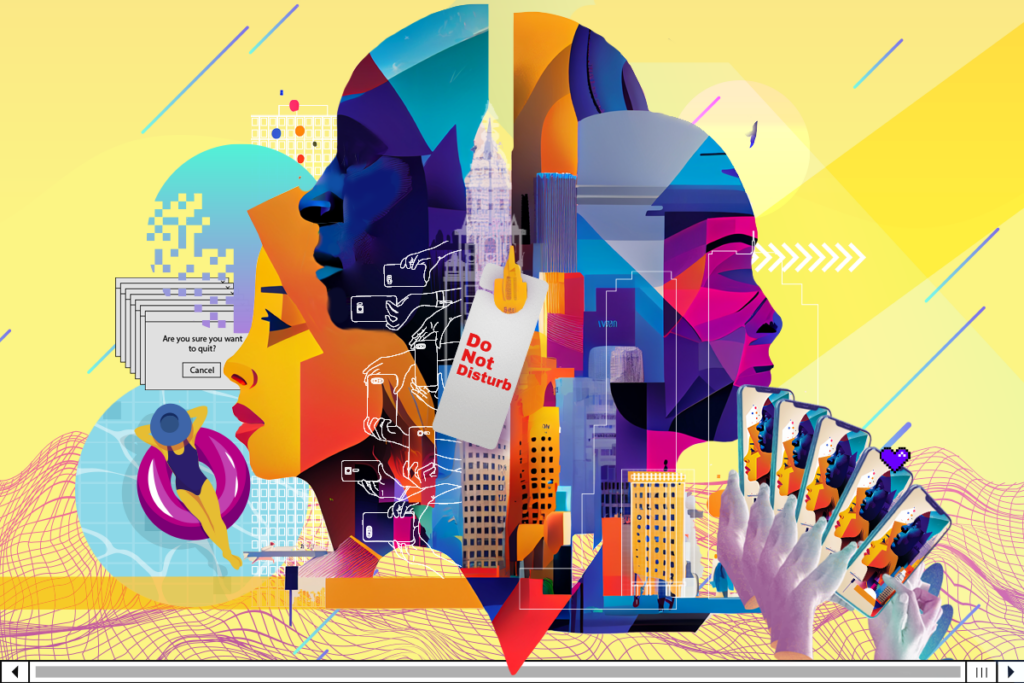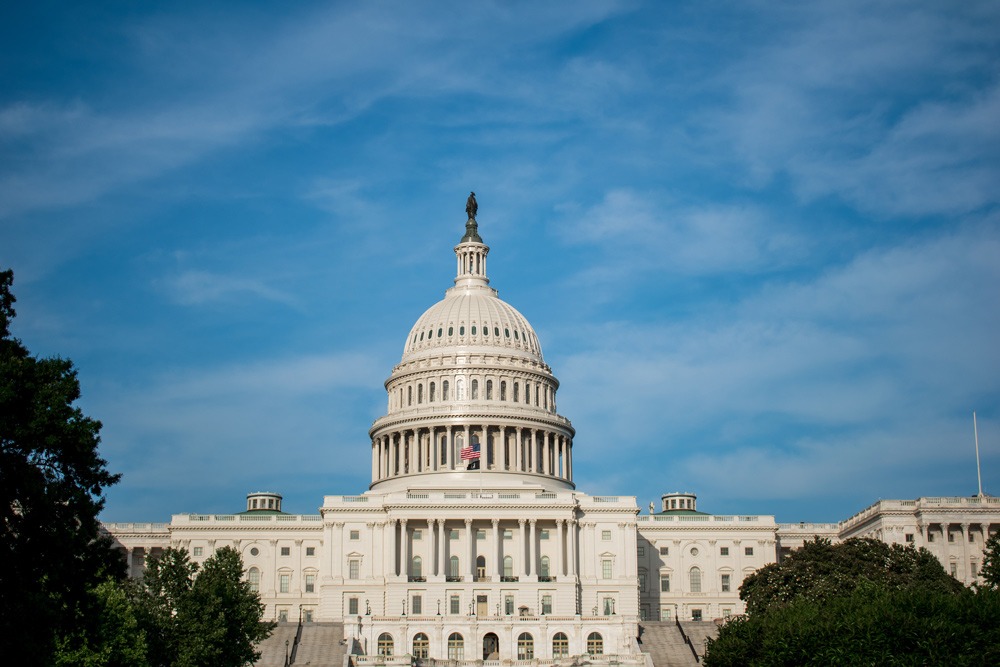The Millennial Generation Student Debt Crisis: A Deep Dive

The Millennial generation grapples with substantial student debt, a stark negative in their financial landscape. This debt burden impacts their economic choices and stability.
Student loan debt has become a defining financial hurdle for the Millennial generation, shaping many aspects of their lives. As they navigate through their prime spending years, the weight of this debt often influences career choices, delays in homeownership, and hinders wealth accumulation.
With higher education costs escalating over the past decades, Millennials have found themselves borrowing at unprecedented levels. This financial strain is not only a personal challenge but also carries broader economic implications, such as reduced consumer spending and a potential drag on economic growth. Addressing this issue is pivotal for financial advisors, policy makers, and educational institutions aiming to foster a more robust economic future for this influential demographic.
The Magnitude Of Millennial Debt
Millennials face a growing financial challenge unlike any before. Burdened by loans, many young adults struggle. They grapple with a delicate balance between career growth and financial freedom.
Skyrocketing Education CostsSkyrocketing Education Costs
Tuition fees have soared, outpacing inflation and family incomes. The cost of attending college has become daunting for countless students and their families.
- College costs have exceeded growth in wages.
- Financial aid falls short, leaving students to take on heavier loans.
A Snapshot Of Average Student Debt
Student debt holds many back from key life milestones. Buying a house, starting a family, or launching a business often wait.
| Year | Average Debt at Graduation |
|---|---|
| 2010 | $25,250 |
| 2015 | $30,100 |
| 2020 | $33,650 |
This table shows that student debt continues to rise. It illustrates the upward trend in loans taken by graduates over the years.
Triggers Of The Student Debt Explosion
Understanding the causes of the student debt crisis is crucial. The debt load haunting millennials is a complex issue. It roots from various systemic changes in higher education funding, aggressive private lending, and skyrocketing tuition fees. Below are the critical factors attributing to this financial challenge faced by a generation.
Shifts In Education Funding
Government policies on education spending have shifted over the years. State funding for public colleges has dwindled. This has forced these institutions to pass the cost burden onto students. The decline in funding support is significant. Here’s how it has evolved:
- Federal aid has not kept pace with rising educational costs.
- State funding cutbacks have caused tuition spikes in public universities.
- Students now rely more on loans than grants or scholarships.
The Role Of Private Lenders
Private lenders have played a part in the debt upsurge. The availability of private loans has expanded. This often comes with less favorable terms compared to federal options. Key points include:
- Private loans are less regulated, with higher interest rates and risk.
- They typically lack income-driven repayment plans.
- Marketing tactics can mislead students about the true cost of borrowing.
Tuition Inflation Outpacing Incomes
Tuition fees have risen exponentially over the years. Incomes, however, have not kept up with this pace. The data shows a startling gap:
| Year | Tuition Increase | Income Growth |
|---|---|---|
| 2000-2010 | 42% | 6% |
| 2010-2020 | 34% | 2% |
Students are shouldering a financial burden that far outpaces their means. The result is increased loan amounts and extended repayment periods.
Impact On Millennial Lives
The burden of student debt on the Millennial generation carries profound effects that ripple through their lives. Struggling under the heavy load of financial obligations, Millennials find their day-to-day existence and future prospects greatly influenced by this economic strain.
Delays In Major Life Milestones
Student debt acts as a formidable barrier to milestones once taken for granted by previous generations. Millennials put off life-defining moments, such as buying homes, starting families, and saving for retirement.
- Home purchase timelines extend as Millennials grapple with debt repayment.
- Marriage and parenthood are frequently postponed due to financial instability.
- Retirement savings become an afterthought, placing long-term security at risk.
Mental Health And Stress Considerations
The weight of student debt exerts tremendous stress on mental health. The constant pressure to make payments can trigger anxiety and depression. Mental health deteriorates, affecting both personal and professional spheres.
| Stress Source | Impact on Life |
|---|---|
| Student Loan Payments | Increased anxiety and reduced well-being |
| Financial Uncertainty | Relationship strain and lower life satisfaction |
| Deferment of Goals | Hopelessness and diminished motivation |
Long-term Financial Ramifications
Millennials confront a precarious financial future, forged in the crucible of student debt. This legacy of debt deeply influences credit scores, investment opportunities, and even job prospects.
- Credit scores suffer as debts mount, limiting borrowing options.
- Investment in assets, businesses, or the stock market stagnates.
- Some career paths become inaccessible due to financial hurdles.

Credit: skift.com
Navigating Repayment And Forgiveness
Millennial students carry a heavy burden of debt, a maze of repayment options before them. Understanding repayment and forgiveness options is crucial for financial well-being. This section helps navigate through various plans and programs to lighten the load of student loans.
Federal Loan Repayment Plans
Federal loans offer multiple repayment paths, each designed for different financial situations. Selected wisely, they can ease monthly payments and overall interest.
- Standard Repayment Plan: Fixed payments for up to 10 years.
- Graduated Repayment Plan: Payments start low, increase every two years.
- Income-Driven Repayment (IDR) Plans: Payments based on your income and family size.
Pros And Cons Of Refinancing
Refinancing can lower interest rates and monthly payments, but it’s not for everyone. A smart choice can unlock savings, yet it comes with trade-offs.
| Pros | Cons |
|---|---|
| Lower interest rates | Lose federal loan benefits |
| Single monthly payment | No federal forgiveness eligibility |
| Possible lower total cost | May need strong credit score |
Public And Private Forgiveness Programs
Loan forgiveness programs can cancel a portion of your debt. Each program has unique requirements and offers a path to debt relief for qualifying borrowers.
- Public Service Loan Forgiveness (PSLF): For government and non-profit workers.
- Teacher Loan Forgiveness: Available for full-time teachers at low-income schools.
- State-Sponsored Forgiveness Programs: Various options available depending on the state and profession.
Private forgiveness programs are less common but may assist in specific fields such as healthcare, law, or the military.
Structural Changes And Policy Proposals
The burden of student debt on the millennial generation cannot be understated. Large sums of borrowed money weigh heavily on their financial freedom and life choices. Recognizing this, key structural changes and policy proposals aim to alleviate this stress. Lawmakers and educational institutions are working on solutions. Let’s dive into some recent advances that might hint at a brighter financial future for millennials.
Recent Federal Policy Changes
Bold measures have been taken at the federal level to address student debt crises. These changes include:
- Loan Forgiveness Programs: Certain professions now offer paths to erase student debt.
- Income-Driven Repayment Plans: Payments based on income help keep debts manageable.
- Pandemic Relief Measures: Temporary pauses on loan payments provide a much-needed breather.
Advocacy For Free College Movement
A growing voice demands radical reforms in college financing. This movement advances the idea that public colleges should be free. Advocates argue:
- Education is a right, not a privilege.
- Free college can minimize the wealth gap.
- The economy would benefit from an educated workforce.
Innovations In Higher Education Financing
Innovative approaches are reshaping higher education financing. These solutions create alternative tuition models:
| Model | Description |
|---|---|
| Income Share Agreements | Students pay a percentage of their future income rather than upfront tuition. |
| Tuition-Free Programs | Some institutions now offer programs with no tuition costs, backed by philanthropy and grants. |
| Corporate Sponsorship | Companies sponsor education in return for future employment commitments. |

Credit: nonprofitquarterly.org
Looking Forward: The Future Of Student Debt
The Millennial Generation faces a growing concern: student debt. This financial burden affects not just their pockets but their life choices—where to live, when to buy a home, or even whether to start a family. As we peer into the horizon, the future of student debt is a complex issue with diverse possibilities and challenges.
Predictions For The Next Generation
Student debt shows no signs of slowing down. Experts foresee debts climbing as college tuition rates continue to rise. The subsequent generation might graduate with even heavier financial weights. Innovative financial models, such as income-share agreements, may become more prevalent, offering alternative ways to fund education.
Shifts In Attitudes Toward Higher Education
- Value in practical skills over traditional degrees is gaining traction.
- Career-specific pathways like boot camps and apprenticeships are expanding.
- Online education and certification programs present cheaper alternatives.
Potential For Legislative Reforms
There’s a budding hope for policy changes that could ease the student debt crisis. For instance, income-driven repayment plans might improve, limiting the monthly burden on graduates. Loan forgiveness programs could expand, benefiting public servants and the like. The federal government may increase its investment in higher education, alleviating the cost pressure on individuals.
| Reform Type | Impact |
|---|---|
| Income-driven repayment | Lower monthly payments |
| Loan forgiveness expansion | Reduced outstanding debt |
| Increased federal investment | Lower tuition fees |
Credit: www.businessinsider.com
Frequently Asked Questions On The Millennial Generation Student Debt Negative
How Large Is The Millennial Student Debt Crisis?
The Millennial student debt crisis is substantial, with the average individual owing around $30,000. This financial burden affects over 44 million borrowers in the U. S. , making it a significant economic issue for the generation.
What Are The Effects Of Student Debt On Millennials?
Student debt impacts Millennials by hindering their ability to purchase homes, save for retirement, or invest in businesses. It often delays major life decisions and milestones such as marriage or starting a family.
Can Student Loans Be Forgiven For Millennials?
Yes, Millennials may have options for student loan forgiveness through programs like Public Service Loan Forgiveness (PSLF) and Income-Driven Repayment (IDR) plans. However, eligibility criteria apply, and navigating the forgiveness process can be complex.
Are There Ways To Manage Millennial Student Debt?
Millennials can manage student debt through refinancing, consolidation, or strategic repayment plans. They also may reduce payments by choosing income-based repayment options or exploring loan forgiveness programs.
Conclusion
Navigating the choppy waters of student debt is a defining challenge for many millennials. This burden impacts every facet of their financial future. Clear strategies and steadfast support can pave the way to solvency. Let’s empower this generation to turn their debt into a stepping stone for success, not a stumbling block.
Acting now creates hope for brighter economic horizons.







